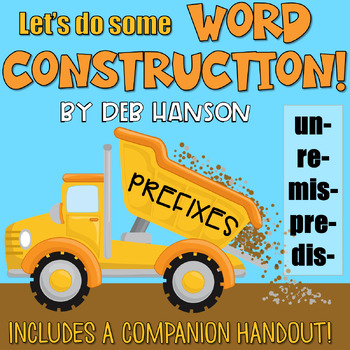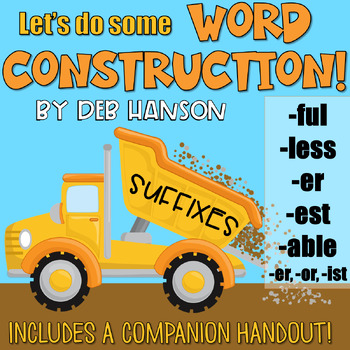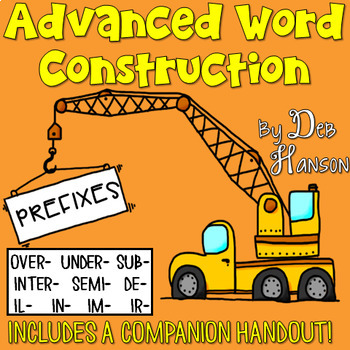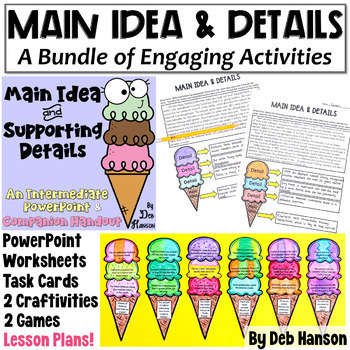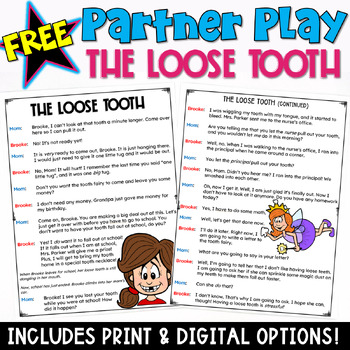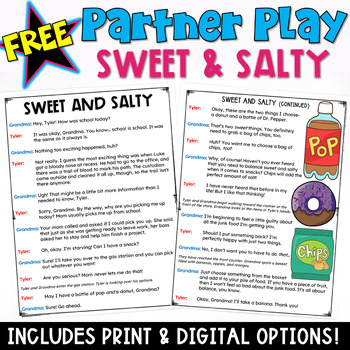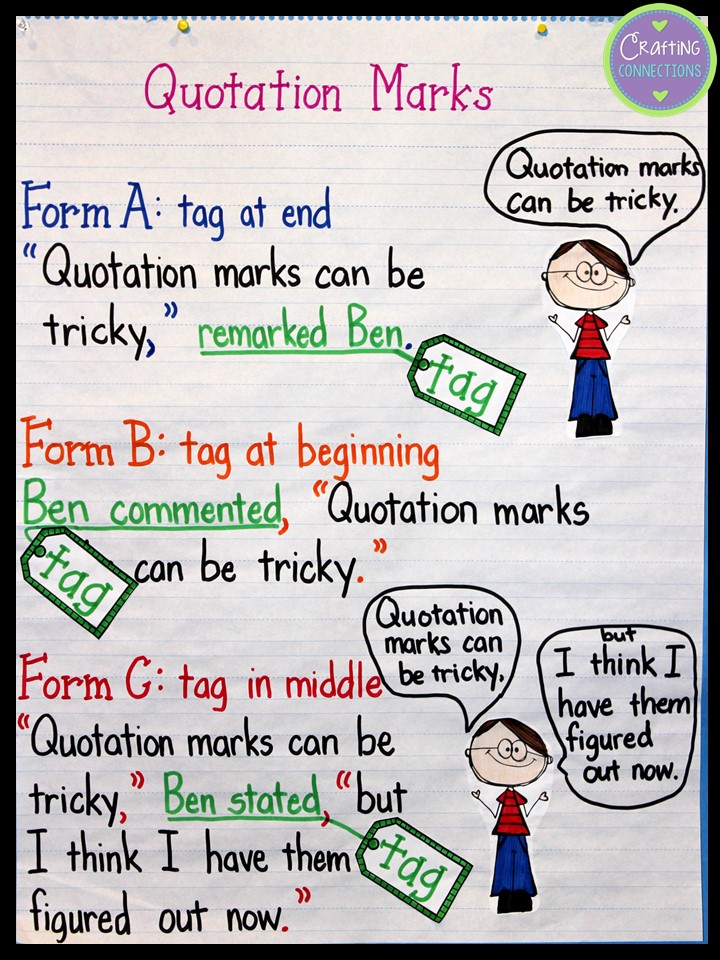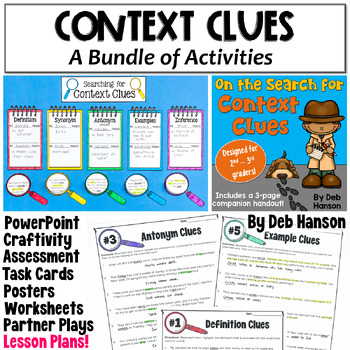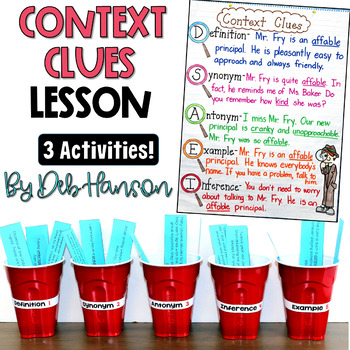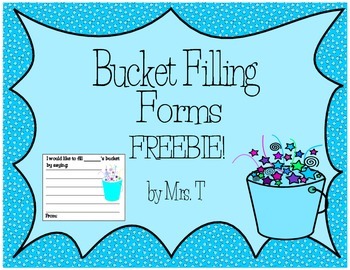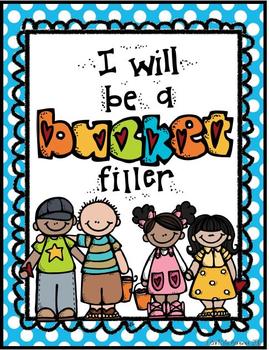I love to teach the topic of prefixes and suffixes! I have watched my ELLs' vocabulary grow by leaps and bounds after learning the meaning of various prefixes and suffixes.
I begin our unit by playing Hangman on the board. (Have you ever done that? The kids LOVE it, and it gets them engaged right away! It's definitely one of my favorite ways to open a lesson, but I try not to overuse it.) Anyway, the board looks like this at the beginning of the game:
_ _ _ _ _ _ _ _ _ _ _ _ _ _ _ _ _ _ _ _ _ _ _ _.
They take turns guessing letters until someone finally decodes the entire sentence:
I FIXED THE POSTER TO THE WALL.
Then I underline the word fix, and say something like "What?!?!? I fixed the poster to the wall??? That doesn't make sense, does it? Fix means to repair something that is broken, right?" Someone usually brings up the fact that the word fix could mean something different in this sentence. Eventually, we deduce (and verify by looking it up in the dictionary) that fix can also mean to attach two things together.
Then I introduce the words prefix and suffix and ask my students, "Now that we know fix can mean "to attach", how can we use this knowledge to understand prefixes and suffixes?" They now seem to clearly understand that prefixes are attached, or fixed before a base word, and suffixes are attached, or fixed to the end of the base word. I tell my students that it helps me to visualize a person hammering a prefix and/or suffix to a base word, much like a person fixes a poster to a wall by using a hammer. This discussion seems to assist students in their understanding of prefixes and suffixes.
After this opening discussion, I like to use the construction theme to further teach my students about prefixes and suffixes.
 |
These are the prefixes and suffixes that we covered with our third graders.
Clip art by A Sketchy Guy.
|
I created the two PowerPoints shown above for my third-grade students.
I created the two PowerPoints shown below for my fifth-grade students.
Finally, I created a matching resource FREEBIE for you! Please download it if you think you might be able to use these 16 task cards (with recording sheet) with your students!
 |
| This freebie contains 8 prefix cards and 8 suffix cards. |

